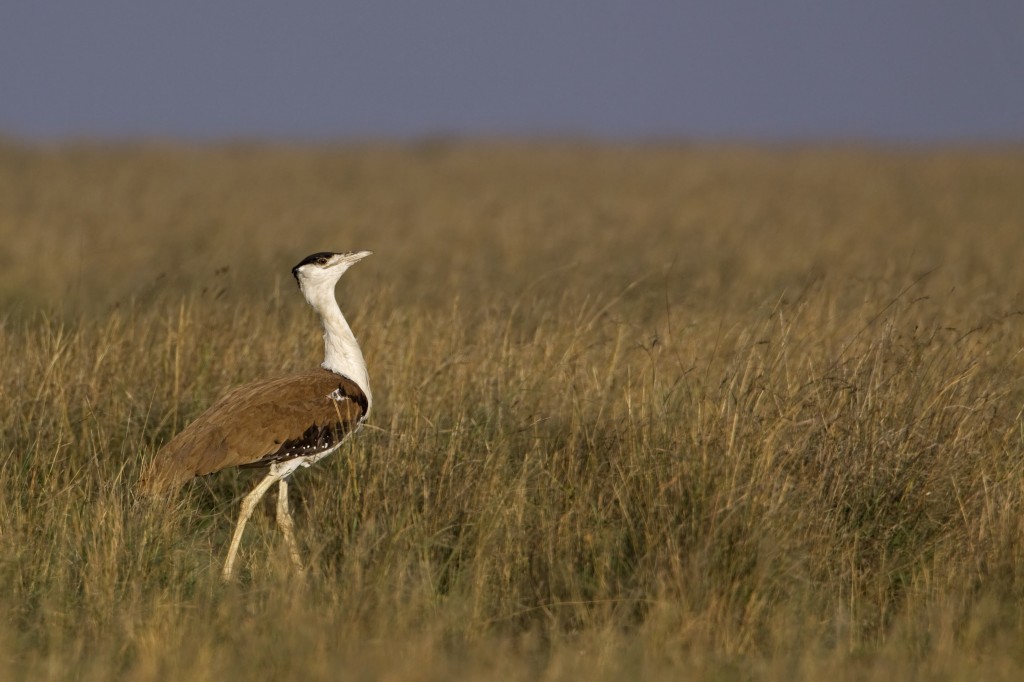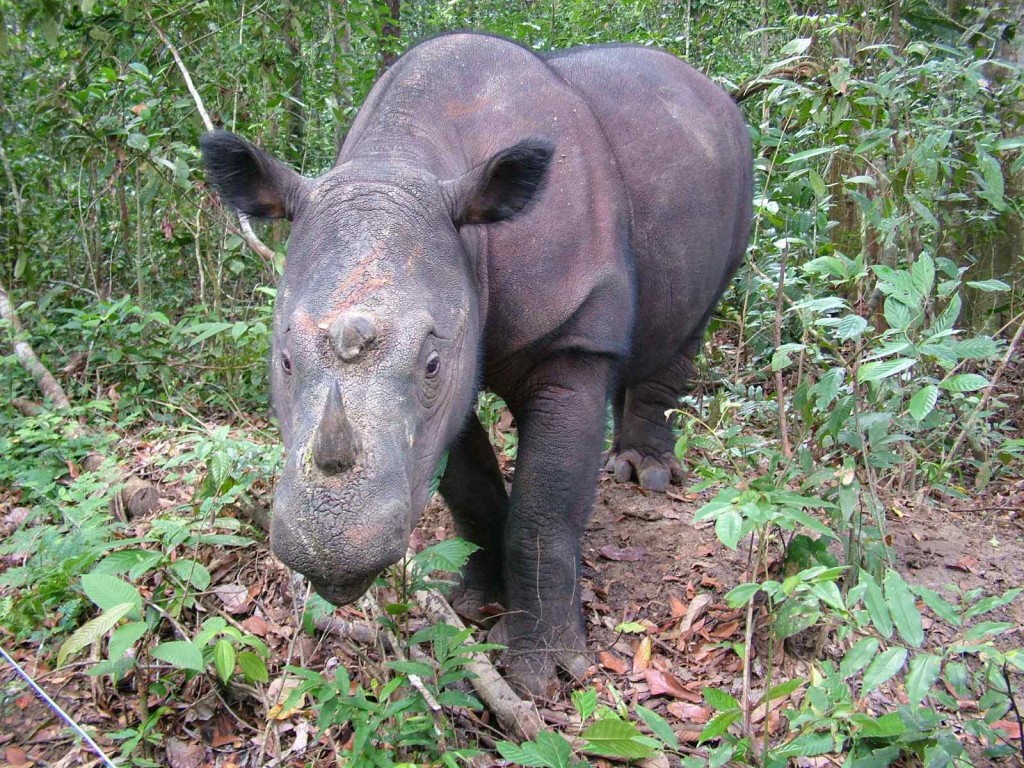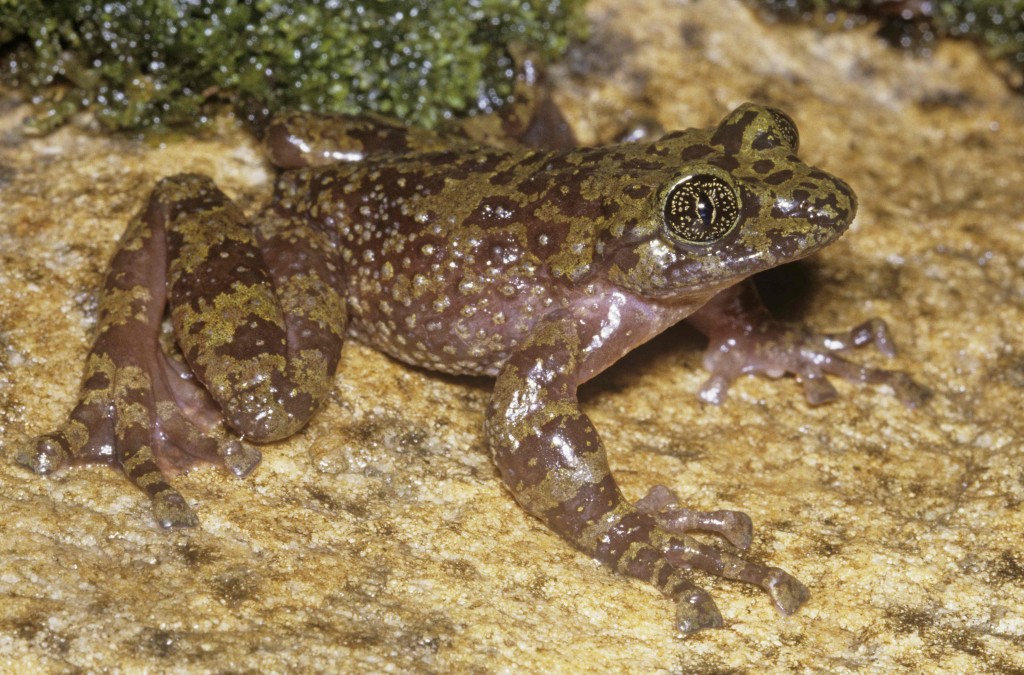The Best Argument for Saving Threatened Species That Do Not Benefit Humans
A new list of the world’s 100 most threatened species challenges the world to care

Fewer than 60 Santa Catarina’s Guinea Pigs remain in Brazil due to habitat disturbance and hunting. Photo: Luciano Candisani
Around 8,000 scientists came together to present a case for 100 of the most threatened animals, plants and fungi on the planet at a conservation conference this week. Funders and some conservation organizations are increasingly relying upon a “what can nature do for us” approach to species salvation, and the scientists’ report, “Priceless or Worthless?,” points out that there’s a very good chance that all of these species will be allowed to die out since none of them offer an overt benefit to humans. To readers, they pose the question: do these species have a right to survive, or do we have a right to drive them into extinction?
Just because an animal doesn’t pollinate our crops or wind up on our plates does not mean it doesn’t have some hidden worth for humanity, the authors point out. “All species have a value to nature and thus in turn to humans. Although the value of some species may not appear obvious at first, all species in fact contribute in their way to the healthy functioning of the planet,” said Simon Stuart, Chair IUCN Species Survival Commission.
They presented their report yesterday at the IUCN World Conservation Congress in South Korea in the hopes of pushing the more “worthless” species up the priority list set by non-governmental organizations around the world. The authors say that almost all the species they highlight, which come from 48 countries, can still be saved from extinction if people take action now. In the past, such last-minute efforts worked to save the Przewalksi’s Horse and the Humpback Whale from the edge of extinction. Some of the threatened animals the report highlights include:
The Greater Indian Bustard

Ardeotis nigriceps, the Greater Indian Bustard. Photo: Rahul Sachdev
Between 50 to 250 Greater Indian Bustards still survive in isolated pockets of India. Habitat loss from agriculture and development projects are driving the birds to extinction. If some areas were set aside as reserves, the bustards would likely survive.
The Sumatran Rhino

Diceros sumatrensis, the Sumatran Rhino. Photo: Save the Rhino International
Fewer than 250 Sumatran Rhinos linger on in Malaysia and Indonesia’s tropical forests. Hunting for their highly valued horns, used in traditional Chinese medicine, is quickly obliterating Sumatran Rhinos, as well as other species of rhinos around the world. Captive breeding efforts could help bring the species back from the brink, but stronger enforcement of protective anti-poaching patrols, more severe punishments for poachers and a massive anti-rhino horn awareness campaign amongst consumers is the only sure way to save this species.
The Table Mountain Ghost Frog

Heleophryne rosei, the Table Mountain Ghost Frog. Photo: Atherton de Villiers
No one knows how many Table Mountain Ghost Frogs are left in South Africa, but conservationists do know that this little species only lives in a 3.5 square mile area. Invasive plants are destroying the frogs habitat and drying up the water essential for them to survive. Managing and better protecting the area would give the Ghost Frogs a future.
More from Smithsonian.com:
Three Decades After Last Sighting, Japanese River Otter Declared Extinct
Wracked by Face Cancer, Tasmanian Devils Fight Off Extinction
/https://tf-cmsv2-smithsonianmag-media.s3.amazonaws.com/accounts/headshot/Rachel-Nuwer-240.jpg)
/https://tf-cmsv2-smithsonianmag-media.s3.amazonaws.com/accounts/headshot/Rachel-Nuwer-240.jpg)